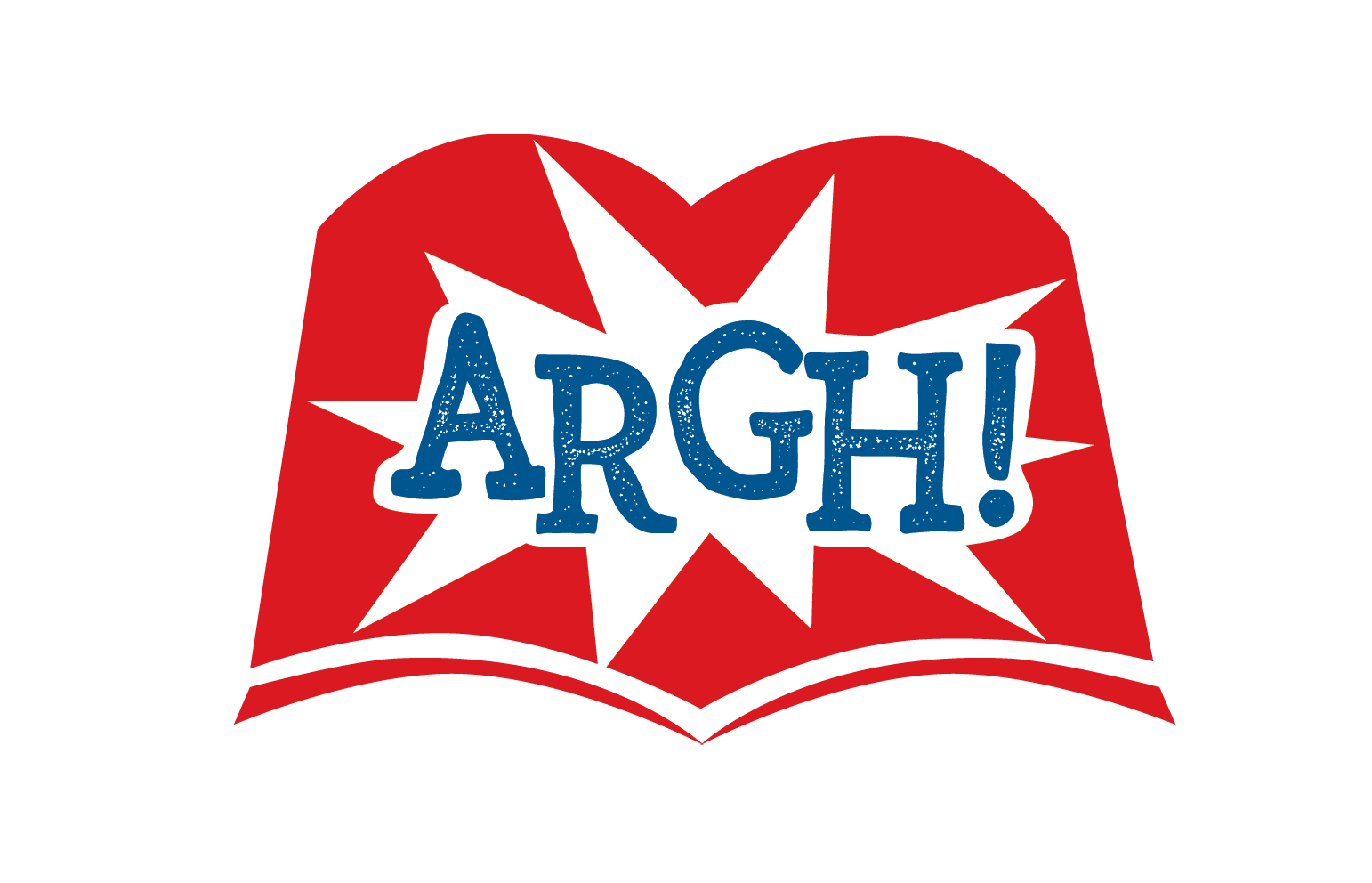
Straight Line Depreciation Formula & Guide to Calculate Depreciation
Straight-line depreciation is an accounting method that measures the depreciation of a fixed asset over time. Straight-line depreciation is a simple method for calculating how much a particular fixed asset depreciates (loses value) over time. As buildings, tools and equipment wear out over time, they depreciate in value. Being able to calculate depreciation is crucial for writing off the cost of expensive purchases, and for doing your taxes properly. To calculate using this method, first subtract the salvage value from the original purchase price. After dividing the $1 million purchase cost by the 20-year useful life assumption, we arrive at $50k for the annual depreciation expense.
- Then divide the resulting figure by the total number of years the asset is expected to be useful.
- This means taking the asset’s worth (the salvage value subtracted from the purchase price) and dividing it by its useful life.
- However, some countries may have specific regulations or tax laws that prescribe the use of certain depreciation methods or specify the useful life of assets for tax purposes.
- Different methods of asset depreciation are used to more accurately reflect the depreciation and current value of an asset.
- While straight-line depreciation is the most common method, there are alternatives that may better suit certain scenarios on how to calculate straight-line depreciation.
- For straight-line, the formula is (Cost of Asset – Salvage Value) / Useful Life.
This method can be used to depreciate assets where variation in usage is an important factor, such as cars based on miles driven or photocopiers on copies made. Every business needs assets to generate revenue, and most assets require business owners to http://bcferro.com.ua/ctg/0/30/?page=42 post depreciation. Use this discussion to understand how to calculate depreciation and the impact it has on your financial statements. The depreciation per unit is the depreciable base divided by the number of units produced over the life of the asset.
Presentation in income statement and balance sheet
Cost of the asset is $2,000 whereas its residual value is expected to be $500. Next, you’ll estimate the cost of the salvage value by considering how much the product will be worth at the end of its useful life span. According to straight-line depreciation, your MacBook http://www.bayushki.ru/tales_lib/113/7.html will depreciate $300 every year. The equipment has an expected life of 10 years and a salvage value of $500. Get instant access to video lessons taught by experienced investment bankers. Learn financial statement modeling, DCF, M&A, LBO, Comps and Excel shortcuts.
The straight-line depreciation method is simple to use and easy to compute. If you don’t expect your asset’s expenses to change greatly over its useful https://presbyterianmen.org/monitor-your-portfolio-the-market-for-free.html life, it may be the best choice for calculating depreciation. After you gather these figures, add them up to determine the total purchase price.
What Is Straight Line Depreciation?
Depreciation accounting necessarily involves a continuous succession of journal entries to charge a fixed asset to the expense and, eventually, to derecognize it. These double entries are intended to reflect the continuous use of fixed assets over time. Depreciating assets, including fixed assets, allows businesses to generate revenue while expensing a portion of the asset’s cost each year it has been used.
